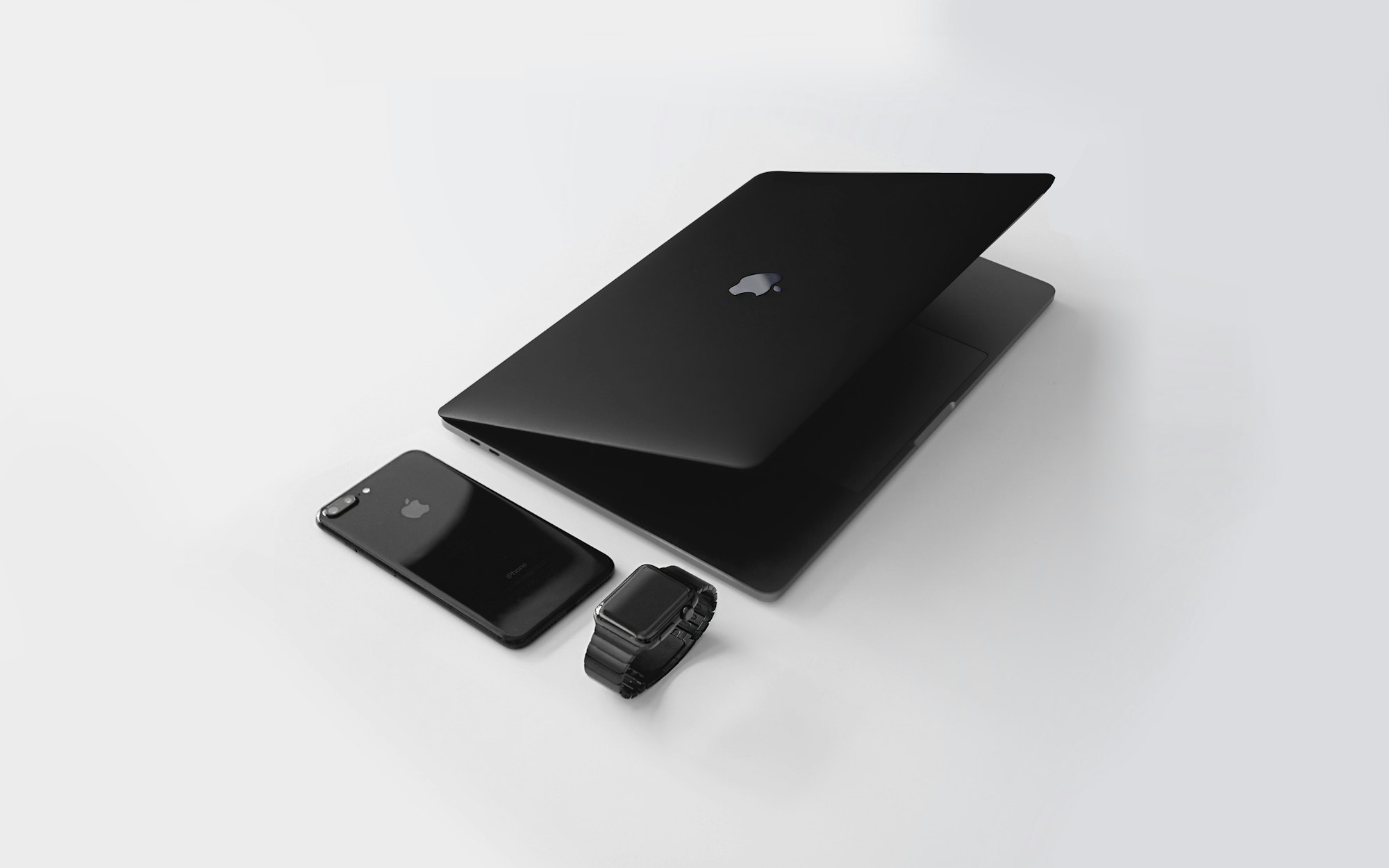Apple Lightning 2.0 Proposal
Lighting should be an Apple-private form of USB 4.0. Full USB 4.0 can fit into a modified Lightning port.

MaX agrees with Apple, the Lightning port is the best option for protecting Apple device consumers.
iPad Pro using Type-C is excellent; it is a desktop and enterprise-class product.
iPhone and iPhone Pro along with iPad mini and iPad (non-Pro) are domestic modile products.
MaX does not support the European Union's laws forcing USB Type-C as the only port.
Unifying ports means knock-off chargers are more likely to beused and damage consumer's products.
MaX wrote about Type-C being added to an iPhone in 2018
Back then, USB 3.1 or USB 3.2 G1/G2x2
Lighting Potential
Apple introduced Lighting on 12th September 2012.
Lightning needed an update two to three years ago to USB 3.2
Three years on, we have Apple Silicon M1 sporting brand new USB 4.0 (with DisplayPort 1.4 not yet DisplayPort 2.0).
Lighting should be an Apple-private form of USB 4.0 G3x2.
Full USB 4.0 G3x2 can fit into a significantly modified Lightning port.
Same physical footprint and primary pins, completely changed pin assignment and no bussing between sides.
New high-power power pins and improved ground shielding.
New switch IC for Lightning 1.0 backwards compatibility supporting data and power pins reassignment.
Lightning 2.0 power pins would have to be switched to GND.
Lightning Portless
I know Apple is heading down the port-less route; however, one last hoorah for Lightning in the form of the best port available would certainly stick it to the European Union for their "one port only" policies to "protect the consumer."
I support portless; I am sad for Lightning being the casualty.
IEEE 802.11 ad, ah, ax, ay offers the potential bandwidth for going portless; however, parallelism amongst RF technologies will be needed much like Wi-Fi and Bluetooth.
Lightning 1.0
Lightning has eight pins in the socket and 16 pins on the plug.
Pin 1: GND
Pin 2: L0p
Pin 3: L0n
Pin 4: ID0
Pin 5: PWR
Pin 6: L1n
Pin 7: L1p
Pin 8: ID1
Type-C Port
Type-C has 24 pins but only needs 16 pins for communication.
VBUS (power) and GND (ground) pings make up the eight other pins (four VBUS + four GND).
A1: GND
A2: SSTXp1
A3: SSTXn1
A4: VBUS
A5: CC1
A6: Dp1
A7: Dn1
A8: SBU1
A9: VBUS
A10: SSRXn2
A11: SSRXp2
A12: GND
B12: GND
B11: SSRXp1
B10: SSRXn1
B9: VBUS
B8: SBU2
B7: Dn2
B6: Dp2
B5: CC2
B4: VBUS
B3: SSTXn2
B2: SSTXp2
B1: GND
Lightning 2.0
A1: TX1+
A2: TX1-
A3: CC1
A4: D+
A5: D-
A6: SBU1
A7: RX2-
A8: RX2+
B8: RX1+
B7: RX1-
B6:SBU2
B5: D-
B4: D+
B3: CC2
B2: TX2-
B1: TX2+
Power Proposal One
AP1: GND
AP2: VBUS
AP3: VBUS
AP4: GND
BP4: GND
BP3: VBUS
BP2: VBUS
BP1: GND
CHASSIS: GND
Power Proposal Two
AP1: VBUS
AP2: VBUS
BP2: VBUS
BP1: VBUS
CHASSIS: GND
Power Proposal Three
AP: VBUS
BP: VBUS
CHASSIS: GND
Backwards Compatability
The difficulty with using a port of the same physical footprint is users could plug a Lightning 1.0 plug into a Lightning 2.0 port.
Lightning 2.0 will have to detect whether the device supports Lightning 2.0 or to operate in Lightning 1.0 mode.
The power and data lines will have to pass through a fully connected switching IC becaue all of the ports have been realocated from Lightning 1.0 to Lightning 2.0:
Pin 1: GND ->A1: TX1+
Pin 2: L0p -> A2: TX1-
Pin 3: L0n ->A3: CC1
Pin 4: ID0 -> A4: D+
Pin 5: PWR -> A5: D-
Pin 6: L1n -> A6: SBU1
Pin 7: L1p -> A7: RX2-
Pin 8: ID1 -> A8: RX2+
The secondary side pins are bussed together with the primary side pins in Lightning 1.0; Lightning 2.0 has two sides of pins for different data channels whilst remaining reversable:
Pin 1: GND -> B1: TX2+
Pin 2: L0p -> B2: TX2-
Pin 3: L0n -> B3: CC2
Pin 4: ID0 -> B4: D+
Pin 5: PWR -> B5: D-
Pin 6: L1n -> B6:SBU2
Pin 7: L1p -> B7: RX1-
Pin 8: ID1 -> B8: RX1+
Lightning 2.0 power pins would have to be switched to ground.